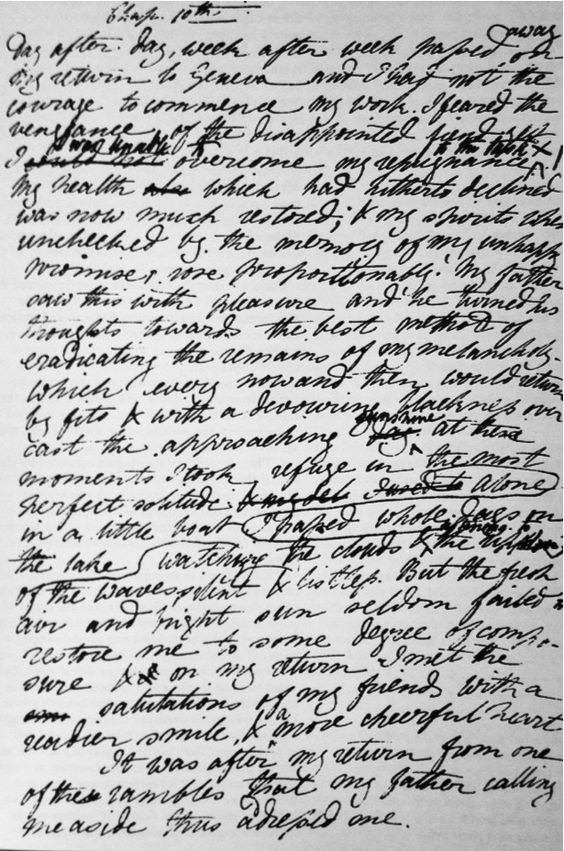One second from every episode of Twin Peaks. pic.twitter.com/e5Pc3g5oB4
— Andy Kelly (@ultrabrilliant) September 6, 2018
Even if you watched Twin Peaks during its original broadcast on ABC in 1990 and 1991 and have never revisited the show since, you’ll vividly remember a great many moments from it: some because of their emotional impact, some because of their aesthetic impact, and some because you had no idea what to make of them. But despite the incomprehension it famously caused its viewers, Twin Peaks nevertheless slowly and inexorably drew them into its reality: the reality of the eponymous small Washington logging town whose homecoming queen has been murdered and in which FBI Special Agent Dale Cooper has arrived to investigate.
David Lynch and Mark Frost planned it that way: people who tuned in week after week to find out who killed Laura Palmer would, in theory, keep watching even after that unsolved part of the story had long since faded into the background. But pressure from ABC eventually forced the creators to resolve that mystery, at which point even many die-hard Peaks-heads wondered whether the show had lost its way.
You’ll see that period, as well as every every other, represented in the video above, which compresses the entire run of Twin Peaks — the thirty episodes of the original two seasons plus the eighteen episodes of Twin Peaks: The Return, which aired last year on Showtime — into less than a minute, drawing one second from each episode.
Other respected television shows, like Seinfeld and Curb Your Enthusiasm, have undergone this treatment before. But to watch Lynch and Frost’s groundbreaking drama as an assembly of particularly powerful individual seconds provides an entirely different kind of experience, one that may well bring back memories of surprise, confusion, hilarity, and even a kind of awe. Perhaps it doesn’t allow you to inhabit the distinctive long-form Lynchian (and Frostian) vision in the way that the series itself does, but this condensed, single-shot version may well get you wanting to visit Twin Peaks again, whether you last visited 27 years ago or just yesterday.
Related Content:
Watch an Epic, 4‑Hour Video Essay on the Making & Mythology of David Lynch’s Twin Peaks
David Lynch Draws a Map of Twin Peaks (to Help Pitch the Show to ABC)
Angelo Badalamenti Reveals How He and David Lynch Composed the Twin Peaks‘ “Love Theme”
David Lynch Directs a Mini-Season of Twin Peaks in the Form of Japanese Coffee Commercials
The Late Alan Thicke Hosts a Twin Peaks Behind-the-Scenes Special (1990)
David Lynch Falls in Love: A Classic Scene From Twin Peaks
Based in Seoul, Colin Marshall writes and broadcasts on cities and culture. His projects include the book The Stateless City: a Walk through 21st-Century Los Angeles and the video series The City in Cinema. Follow him on Twitter at @colinmarshall or on Facebook.








